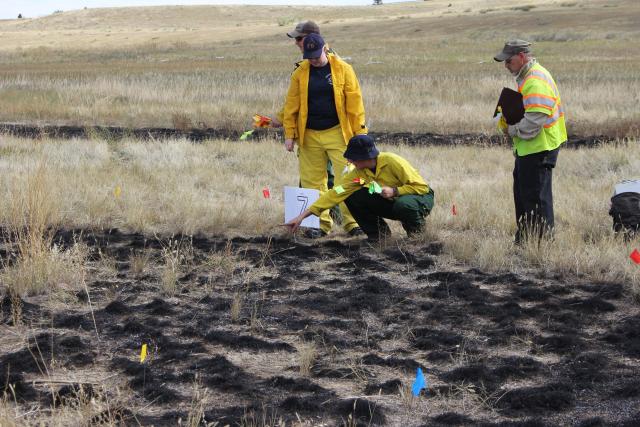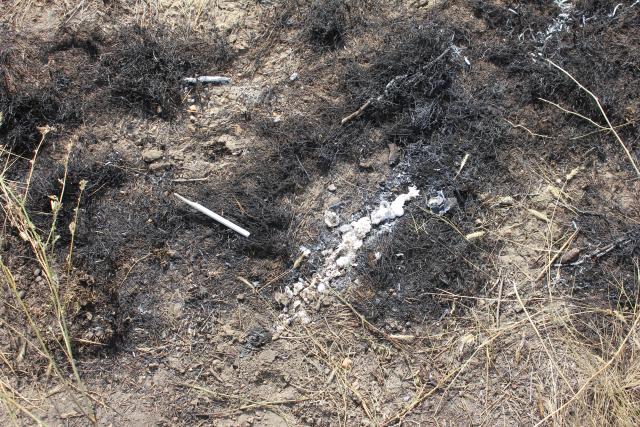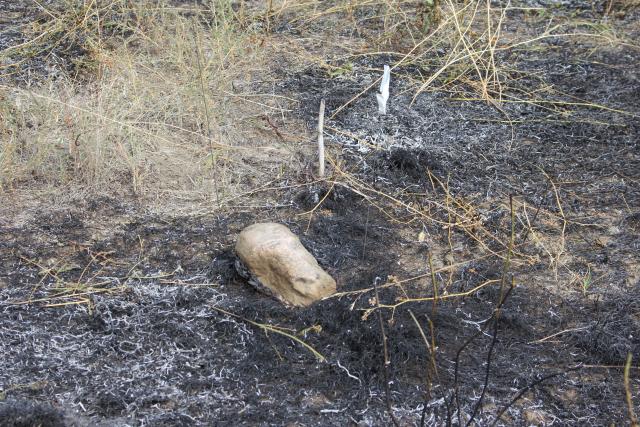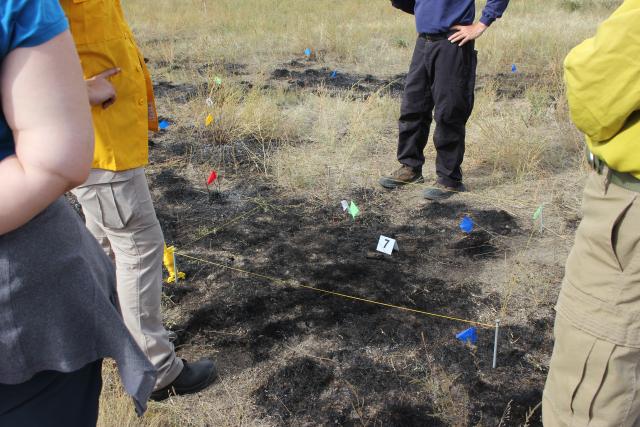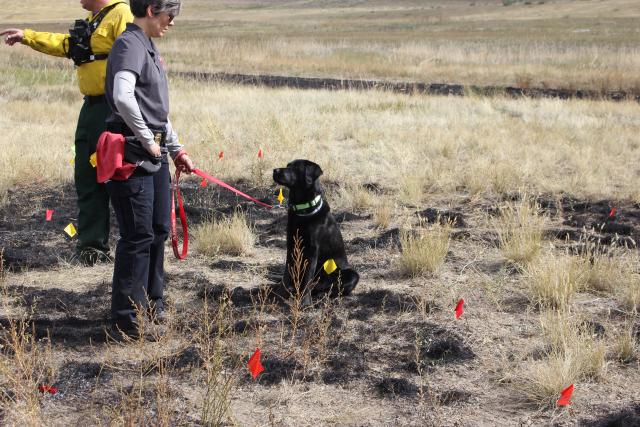Related Stories
- Progress on Public Lands: BLM 2025 Trump Administration Accomplishments | January 20 - December 31, 2025
- Rural wildland firefighting partners grateful for BLM gift
- BLM Fire Team brings Smokey Bear to Kingman’s Street of Lights
- BLM hosts fire investigation training course to strengthen wildland fire investigation capacity across Arizona and the West
- Inspiring Future Land Stewards Through STEAM
Office
PO Box 151029
Denver Federal Center- Building 40
Lakewood, CO 80215
United States
Phone:
Email:

